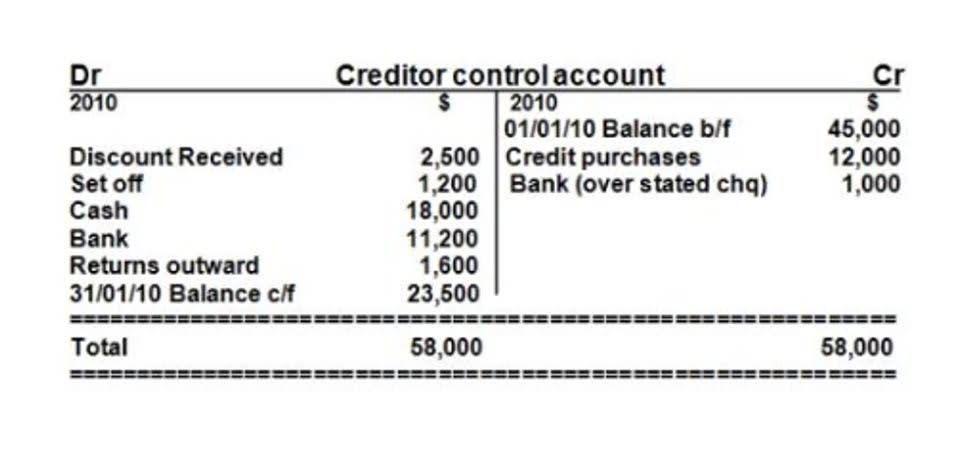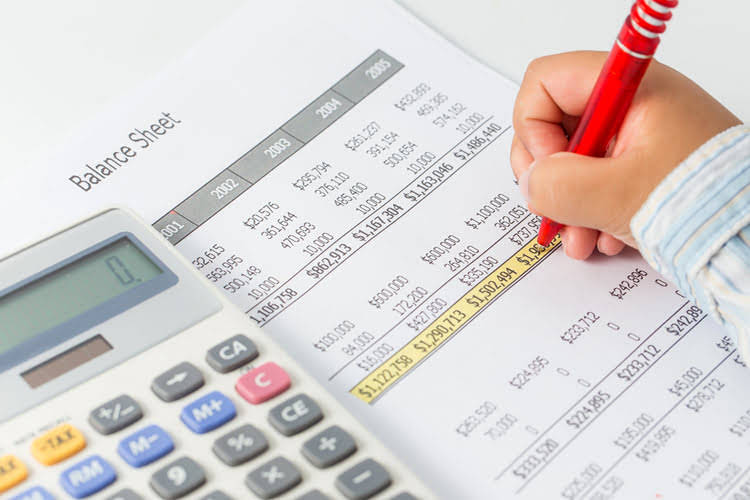
Cash and check amounts go in different sections, so make sure to enter them separately. You can enter cash amounts in one area and check amounts in another deposit slip area. No need for a deposit slip, simply follow the on-screen prompts to deposit your cash in an ATM. Also, businesses may be able to deposit checks using a check scanner, depending on the bank. Cash, of course, still needs to be deposited in person or through a deposit box. If you are depositing only checks and want some cash for immediate needs, write the amount on the line labeled “Less Cash Received” just below the subtotal line.
- You can use the preprinted deposit slips that come with checks you purchase or counter deposit slips furnished by your bank.
- From the perspective of the bank teller, such errors are common and they’re trained to handle them efficiently.
- Filling out a deposit slip seems like a straightforward process, but it is easy to make mistakes that can cause problems later on.
- Forgetting to endorse the check can cause delays in processing the deposit, so make sure to sign the back of the check before depositing it.
- Ultimately, the best option will depend on your personal preferences and the policies of your bank.
Common Issues and Solutions

Some banks still require customers to fill out a deposit slip for certain transactions. This document can be paper or electronic and should include your name, account name, type of bank deposit and other details. For example, if you receive a check and want to deposit all or part of it into your bank account, you may need to fill out a deposit slip. Generally, it’s not necessary to complete a bank deposit slip for ATM or mobile deposits, which makes things a little easier. A bank deposit slip is a small paper form used to deposit funds into a bank account, typically including the depositor’s name, account number, and deposit amounts.
How to Fill Out a Checking Deposit Slip

If you’re receiving cash, count it twice to be sure bookkeeping that you have the correct amount. This ensures that the deposit is credited to your account on the correct date and helps to prevent any confusion or discrepancies. When you open a checking account, the bank will provide temporary checks until you order permanent ones.
- This includes not only the amount of money you are depositing, but also information about the account you are depositing into and any other relevant details.
- Online banking is another popular alternative to personal deposit slips.
- In the grand tapestry of personal finance, the humble deposit slip may appear to be a mere footnote—an administrative formality rather than a financial tool.
- The bank keeps the original deposit slip and typically gives you a receipt from the transaction.
- Customers may view deposit slips as a mere formality, a simple piece of paper to fill out, but their importance cannot be overstated.
When is filling out a deposit slip required?
For bank employees, it means a more organized workflow and the ability to serve customers more effectively. Understanding and utilizing bank deposit slips correctly is a simple yet vital skill for managing one’s finances effectively. Each of these fields must be filled out with precision to ensure the transaction is processed correctly. Missteps in filling out a deposit slip can lead to delays or Accounts Payable Management errors in your account balance. If multiple deposit slips are needed for various transactions or accounts, organize them by type and account. Accurately record details like account numbers, dates, and amounts on each slip.
- Using a sophisticated ATM can potentially get you the funds in your account more quickly, but 100% of the money might not be available for immediate withdrawal.
- They’re easy to fill out but also contain essential information the bank needs to fulfill the transaction.
- To do this, follow the same steps as depositing a check, but make sure to fill in the cash boxes if you’re depositing cash.
- By taking the time to verify and review the information on the deposit slip, you minimize the risk of errors or discrepancies.
- Mobile deposit is a convenient alternative to personal deposit slips that allows you to deposit checks using your smartphone.

Learning how to fill out a deposit slip is a straightforward process in which you provide your name, account number, and money for deposit in the form of cash and checks. Mobile deposits are a convenient way to transfer money into the bank. They don’t require deposit slips; instead, log into your bank account on your smartphone and upload pictures of your checks to deposit them. A checking deposit slip is a small written form that is used to place funds into your account.

Filling Out the Date and Account Information

It is always a good idea to keep a few extra deposit slips on hand, just in case you need to make a deposit and do not have any available. Wire transfer is a secure alternative to personal deposit slips that allows you to transfer money from one bank account to another. This option is ideal for those who need to transfer large sums of money quickly and securely. However, it is important to note that wire transfers often come with fees, so it may not be the best option for everyone.





